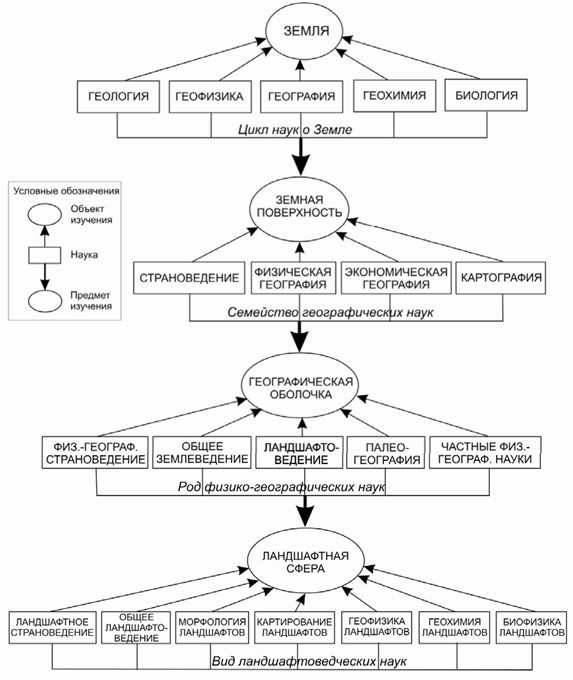
The main material with which the landscape designer works is the natural relief and natural vegetation of the region, which the artist complements with engineering activities and architectural elements, and also develops dendrological compositions, creating an overall so-called urbanized landscape, improved and improved by means of landscaping and engineering equipment.
The palette of the landscape architect is small architectural forms, various types and varieties of trees, shrubs, grasses, flowers, whose characteristics (color, shape, size) are used to achieve greater artistic expressiveness of the composition.
Means of formation of landscape architectural compositions are vertical planning of territories, its engineering equipment, the device of pedestrian, transport and visual communications, designed taking into account the artistic imagery of the project.
In solving practical problems, landscape architects rely on landscape science, which is an important scientific branch that studies natural (natural) and anthropogenic (artificial) landscapes, their characteristics, properties, evolving ability, and potential development.
Dendrology as a science is also an important and integral reserve of knowledge necessary for solving problems of landscape design. Practice shows that only knowledge of the subtleties of dendrology helps the landscape architect to develop optimal landscaping projects in terms of their artistic, environmental and economic qualities.
Knowledge of the laws of architectural and artistic composition is a necessary basis for the effective work of the landscape architect, since the aesthetics and artistic image of the composition being created is ultimately the main result of the work of a specialist.
Thus, it is clear that the landscape architect, who devotes himself to landscape architecture, should be ready to enrich his experience with the knowledge of the above sciences and to conduct numerous practical experiments with natural material.
The peculiarity of modern landscape architecture lies in the fact that the leading role in the creative process belongs to the artistic beginning, invariably based on engineering, ameliorative activities and, of course, on dendrology and environmental laws.
Что бы оставить комментарий войдите
Комментарии (0)